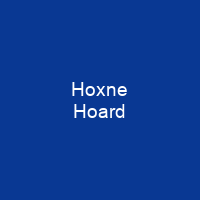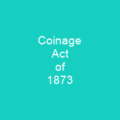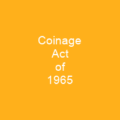Discovering the Hoxne Hoard
The Hoxne Hoard is an extraordinary treasure trove that has captivated historians and enthusiasts alike since its discovery in 1992. Imagine unearthing a chest filled with over 14,000 coins, exquisite jewelry, and silver tableware – all meticulously sorted by type. This remarkable find not only provides insight into the late Roman period but also offers a glimpse into the lives of wealthy families during that tumultuous time.
Unearthing the Hoard
How did Eric Lawes, a metal detectorist, stumble upon this hidden treasure? In 1992, while searching in a field near Hoxne, Suffolk, he discovered an oak box filled with precious metals. The hoard consisted of 14,865 coins and approximately 200 items of silver tableware and gold jewelry. This discovery was nothing short of astonishing, as it is the largest collection of late Roman silver and gold found in Britain and the former Roman Empire.
The Significance of the Hoard
Why does the Hoxne Hoard hold such importance? The objects were buried between 408 and 430 AD, during a period marked by Roman collapse and Anglo-Saxon attacks. The hoard contains several rare objects, including a gold body-chain and silver-gilt pepper-pots, making it of significant archaeological value.
The Contents of the Hoard
What exactly did Eric Lawes find in that oak box? Within the chest were smaller boxes made of yew and cherry wood, containing 569 gold coins (solidi) from the reigns of Valentinian I to Honorius. There were also 14,272 silver coins, including miliarenses and siliquae, from the reigns of Constantine II to Honorius. The hoard included 24 bronze coins (nummi), 29 items of jewelry in gold, 98 silver spoons and ladles, a silver tigress as a vessel handle, silver bowls, dish, beaker, vase or juglet, pepper pots, including the ‘Empress’ Pepper Pot, toiletry items such as toothpicks, two silver locks from wooden or leather caskets, and traces of various organic materials and a small ivory pyxis.
Clipped Coins and Their Significance
Why were so many coins in the Hoxne Hoard clipped? The hoard contains coins that had their edges clipped to some degree. This practice was common during this period, as it allowed for a stable ratio between gold and silver coins while providing a new source of silver bullion. The average level of clipping is roughly the same for coins dating from 350 onwards.
Jewelry and Personal Items
What can we learn about the people who owned this hoard? The jewelry in the Hoxne Hoard consists mainly of gold items, including a body chain, six necklaces, three rings, and nineteen bracelets. One of the most important pieces is the body chain, which features four finely looped chains attached to plaques with jewels mounted in gold cells. There are also 19 silver spoons and ladles, some decorated with abstract motifs or Christian symbols.
Tableware and Spices
How did people dine during the late Roman period? The hoard includes a statuette of a leaping tigress, pepper-pots modeled after various figures, beakers, vases, bowls, spoons, and ladles. These items provide insight into the dining habits and preferences of wealthy Romans in Britain.
The Aftermath
What happened to the Hoxne Hoard after its discovery? In response to the unexpected publicity, the British Museum held a press conference on November 20, 1993. Newspapers quickly lost interest, allowing curators to sort and clean the hoard without disruption. A coroner’s inquest declared it a treasure trove, which means it belonged to the Crown if no one claimed title to it. The Treasure Trove Reviewing Committee valued the hoard at £1.75 million (approximately £4.5 million in 2023), paid to the finder and shared with the farmer who reported it.
Archaeological Findings
What else did archaeologists find during their survey of the field? Suffolk County Council Archaeological Service surveyed and excavated the field, finding Roman coins and other materials. They also discovered post holes that may have indicated a marker post for future recovery.
The Hoxne Hoard Today
Where can we see these treasures today? Items from the hoard have been on display almost continuously since its arrival at the British Museum in 1993. The most important items went on permanent display in a Roman Britain gallery in 1997. Some items were part of a touring exhibition, Treasure: Finding Our Past, in 2003 and 2010.

The Hoxne Hoard is a testament to the rich history and culture of late Roman Britain. It offers us a window into a time when wealth was buried in hopes of future recovery, reflecting both the prosperity and uncertainty of that era.
You want to know more about Hoxne Hoard?
This page is based on the article Hoxne Hoard published in Wikipedia (retrieved on November 29, 2024) and was automatically summarized using artificial intelligence.







